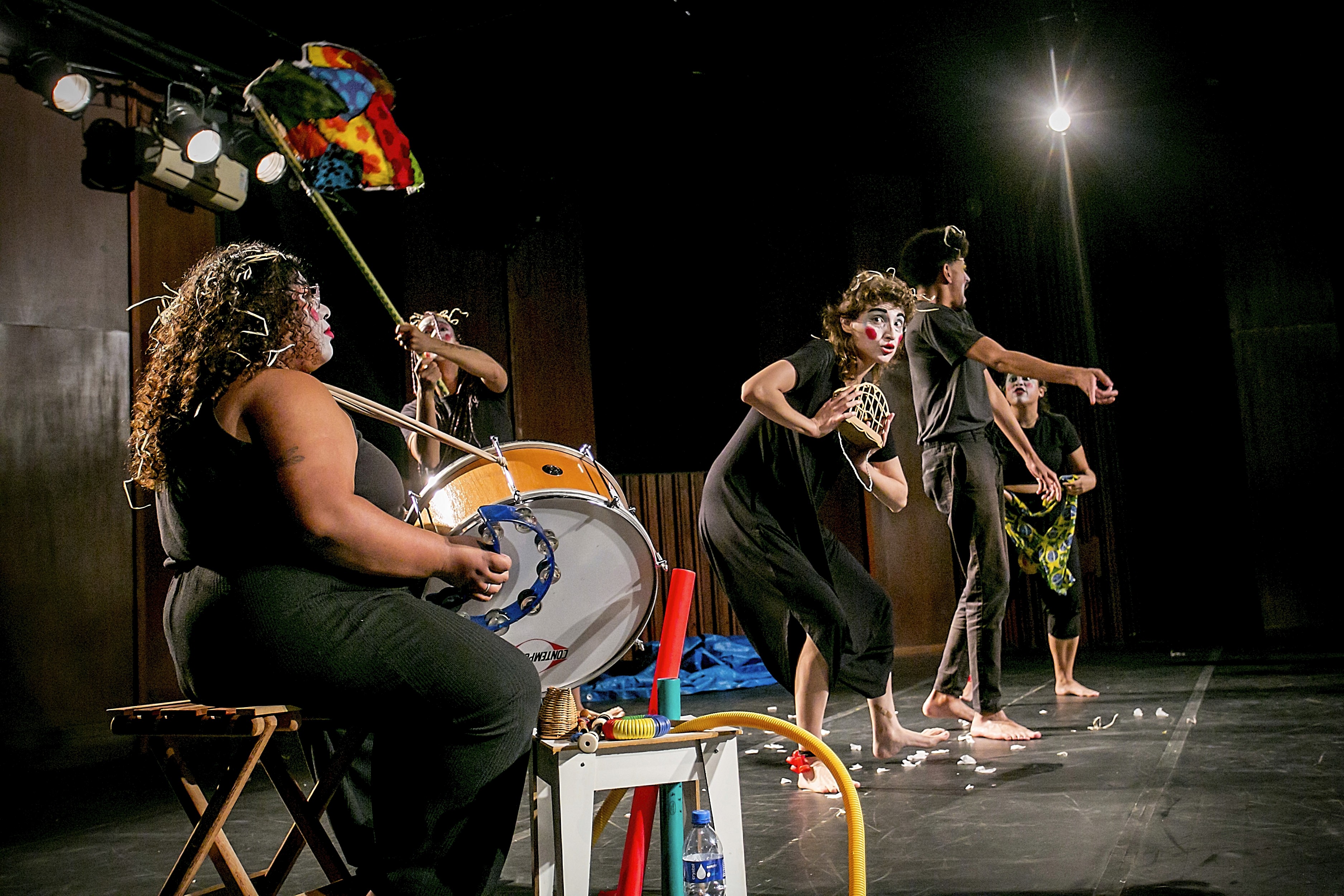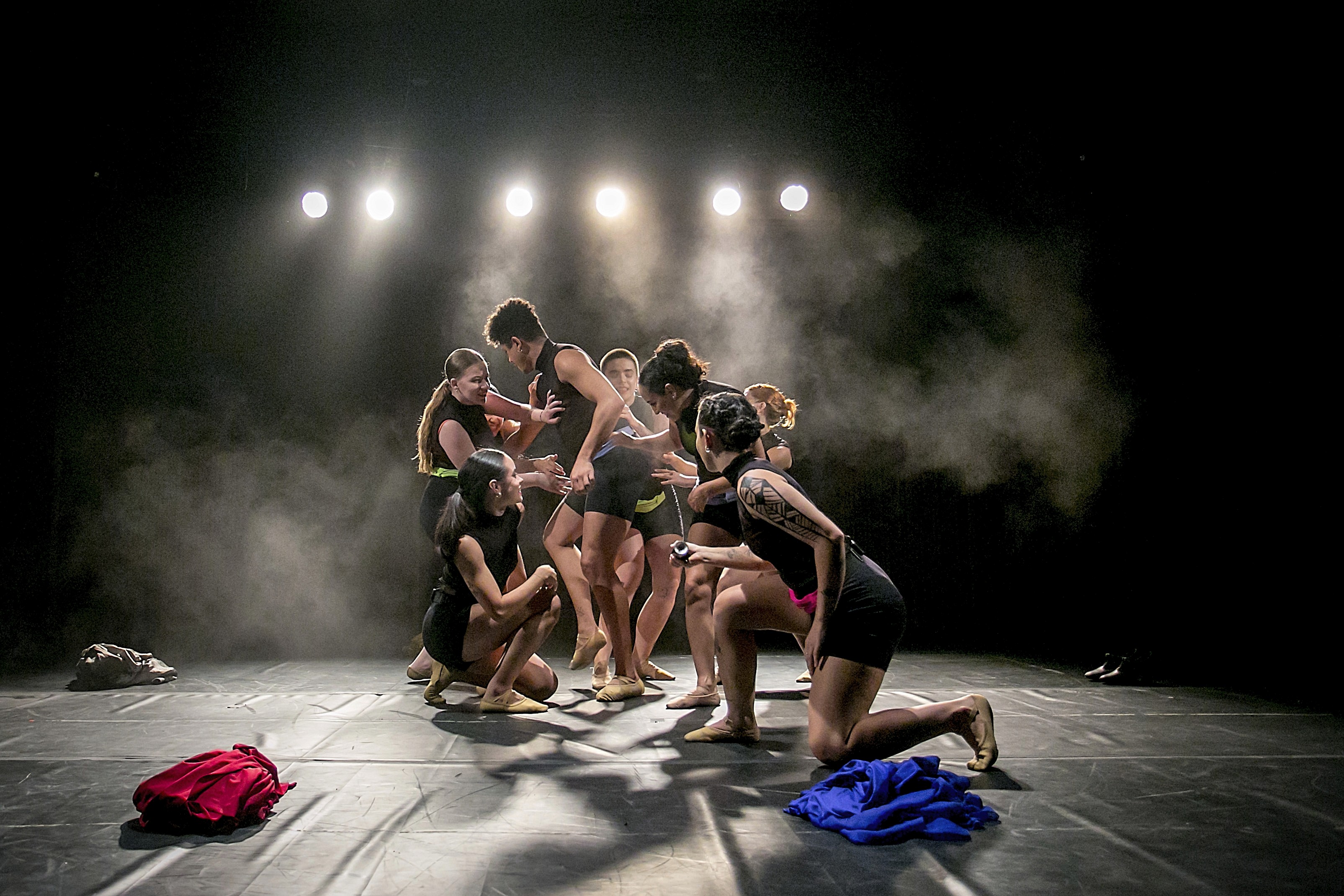
SPECIAL PROGRAM FOR QUALITICATION IN ARTS
THEATRE AND DANCE
The Program for Qualification in Arts was created in 1997 as a spinoff from the initiative known as the Ademar Guerra Project, promoted by the State Secretariat for Culture at the time. The project is named after one of the greatest theatre directors of Brazil, who lived between 1933 and 1973. The original project was exclusively focused on mentoring for Theatre practitioners.
In 2015, after 18 years of continuous action by the Ademar Guerra Project, the program was widened to include Dance, which culminated in the creation of the Program for Qualification in Arts: Theatre and Dance, encompassing both artistic languages.
THEATRE
The Program for Qualification in Arts, created by the State of São Paulo in 1997, aims to offer artistic orientation to theatre groups in the state’s countryside and coastal areas.
Artistic mentors monitor the selected groups, assisting them in the development of their creative processes and production of plays, enabling capacity building throughout the production chain, and ensuring access to the marketplace for these creative professionals.
The artistic coordination identifies goals in order to adopt methodologies capable of creating agency and sustainability of groups as cultural references in their communities, supporting the management of their artistic choices.
The success of these relationships is bound to the groups’ self-awareness about their own creative processes, and the clear communication with mentors.
DANCE
The Program for Qualification in Dance was created to connect artists, companies and collectives in all dance genres from the State’s countryside, coastal cities and metropolitan region. The program widens its scope by directly focusing in territories with developed or developing contexts for the arts, culture, and creative economy and industries. To do so, it also nurtures special circulation and validation circuits for the dance scene of our times.
The program’s actions are focused on the direct work with artistic hubs, and aim to foster conditions for greater sustainability of groups in a variety of formative and creative stages. In the strive towards financial and symbolic permanence, groups face issues like work opportunities, employability and income generation for each of the group’s member, building on individual assets and needs: a creative dance project yet to be premiered, the necessary conditions to achieve that, the daily efforts of choreographers, dancers, educators and directors.
The pursuit of this goal – sustainability – is informed by the approximation between artistic production hubs, minimizing the solitude of the creative act per se. Hence the prioritising of the “artists mentoring artists” principle: professional artists are sent to a number of cities to share practical, technical and theoretical knowledge around invention/creation, training, management/production etc. This takes place through special mentoring for groups, companies and collectives in distinct development stages.



